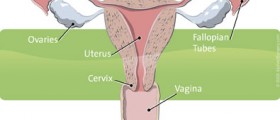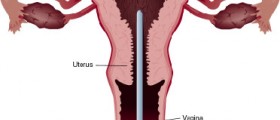
Why endometrial ablation?
Women who suffer from endometrial hyperplasia tend to have heavy and extremely painful periods. They may also experience bleeding in between periods. Sometimes, these symptoms can be controlled through medication, and in other cases a hysterectomy, the removal of the uterus, is recommended. Women who do not want a hysterectomy or can t have one for medical reasons may be suitable candidates for an ablation procedure if more temporary methods did not help them. After endometrial procedure, a woman should not get pregnant anymore. Therefore, this surgery is only suitable for those who are done with having children.
The procedure
The methods most commonly used for endometrial ablation are laser thermal ablation and thermal balloon ablation. Sometimes freezing or electricity are also used to destroy the endometrium. The procedure is carried out in a hospital (normally as an outpatient procedure) or at your doctor s office. It takes up to an hour and is usually done under local anesthesia, although some women might opt for general anesthesia instead. Recovery takes around two weeks, and in the meantime you can expect to feel nauseous, weak, experience vaginal bleeding. The uterus will heal through scarring and will stop or at least reduce heavy bleeding for almost everyone who undergoes it. Some women pass large clots after an endometrial ablation. While you will most likely be able to go home on the same day, you should not drive yourself and should take it easy after the procedure.
- www.nhs.uk/video/pages/guide-to-eps-and-ablation.aspx
- medlineplus.gov/ency/patientinstructions/000288.htm
- Photo courtesy of 593rd Sustainment Command (Expeditionary) by Flickr: www.flickr.com/photos/593rd/14734800244/

















Your thoughts on this
Loading...